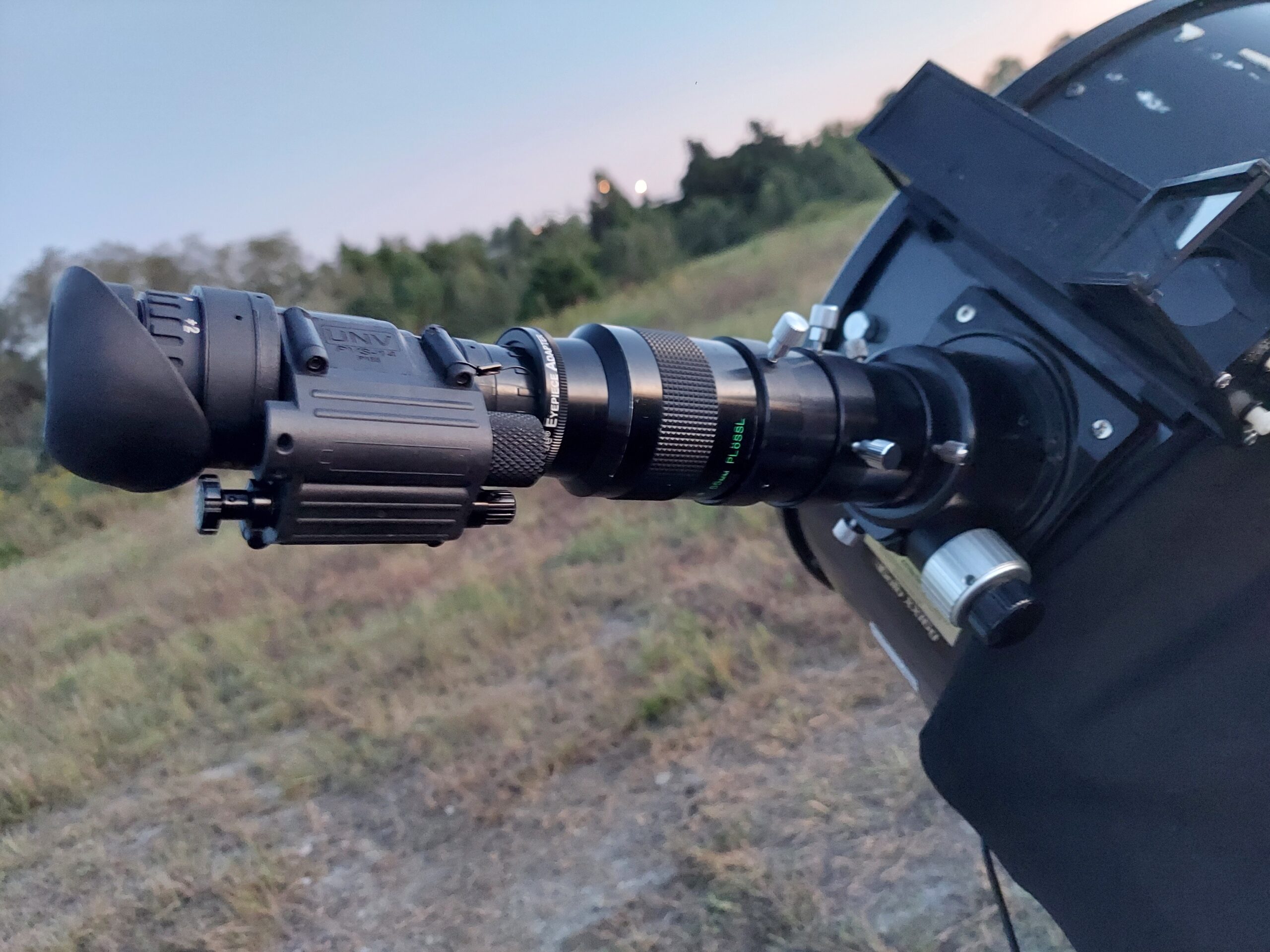What is Aperture?
In astronomy, aperture is defined by the diameter of the objective lens or primary mirror and plays a large role in resolution and image brightness.In optics, aperture refers to the hole or opening through which light enters the optical system. Taken in conjunction with the system’s focal length, the aperture determines the angle of the light cone which forms the focused image.
In photography, aperture is given as the ratio of the lens’s focal length to its aperture stop. This ratio is called the f-stop and can be changed by opening and closing a diaphragm behind the lens, which affects depth of field and exposure.
Key Takeaways
- Aperture is the opening through which light enters an optical system.
- Aperture is defined differently for astronomy and photography and has similar but distinct implications for each.
- Aperture determines image brightness and resolution in astronomy, and depth of field in photography.
Understanding Telescope Aperture
Aperture should be considered alongside other attributes when selecting a telescope, such as optical quality, optical design, and portability. While a large-aperture telescope may be capable of supporting high magnifications, a long focal length is still required to make obtaining such magnifications practical. A Maksutov or Schmidt-Cassegrain would be suitable in such cases. Conversely, if a wide field of view is desired, the user should select an instrument with a more moderate focal length as well as a large aperture, such as a Dobsonian reflector.
There is a saying in amateur astronomy that aperture rules, or aperture is king. This is because a telescope with a larger aperture will have a higher limiting magnitude than a smaller aperture, meaning it can detect fainter objects. It will also have greater resolving power, which means higher resolution for viewing planetary details and splitting double stars.
The cost of a telescope rises significantly as aperture increases, as does the size and weight.
One must also consider the aperture in relation to the telescope’s focal length when making a selection. This relationship is called the telescope’s focal ratio and is given as an f-number, familiar to photographers as the f-stop. In visual astronomy, a smaller f-number increases the optical aberrations of the system, such as coma in a reflector and false colour in a refractor. More expensive optics or additional accessories may be required to compensate for these aberrations.
In a camera lens, aperture is synonymous with f-stop and is most often used to adjust depth of field, with higher f-stops (i.e. smaller apertures) have a greater depth of field. Confusingly, on a zoom lens the aperture of the system can be changed by altering the lens’s focal length, without changing the diameter of the aperture stop at all. This just highlights the difference in how aperture is described for a camera lens versus a telescope, as there is no fundamental difference between the aperture of a camera lens and a telescope.
In photography, the maximum aperture (lowest f-stop) of a lens is often referred to as its speed. This is because there is a mathematical relationship between the f-stop and the amount of light reaching the camera sensor at a given moment. More light reaching the sensor means lower shutter speeds are required to achieve the same exposure; therefore, a lens with a low minimum f-stop is considered “fast”.
This is particularly important for deep-sky astrophotography, where exposure times are typically over 30 seconds and often several minutes in duration. Longer exposures are subject to increased risk of problems such as wind, vibrations, and tracking errors. Decreasing the f-stop by a factor of 2 decreases the required exposure time by a factor of 4. For this reason, fast telescopes with short focal ratios, such as short-focus refractors, are considered ideal for beginners to the hobby as they do not require the same degree of precision in the mount as does a slower telescope like an SCT.
To avoid confusion, note that we do not use the term “f-stop” in prime-focus astrophotography with a telescope. In the world of telescopes, “aperture” always refers to the diameter of the objective and not to the f-number. In both visual astronomy and astrophotography, aperture and focal ratio are treated separately whereas in camera lenses the terms are used interchangeably.
Related Terms
Astrophotography
Astigmatism



